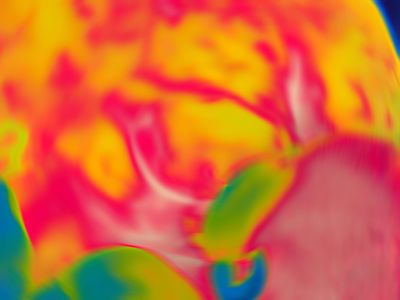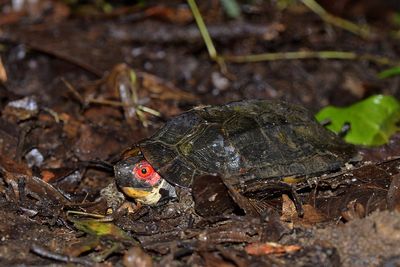Projects
2023
2019
DK 179913 –
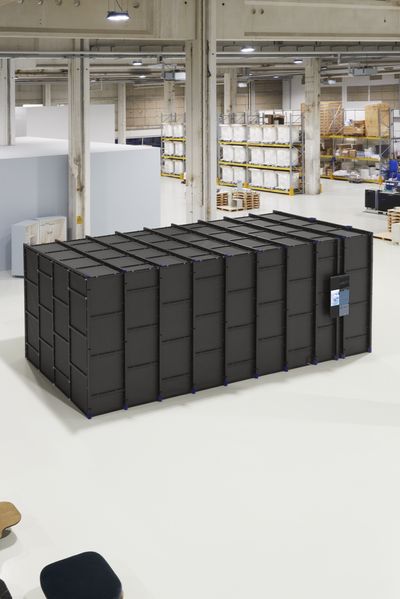
Since 2014, Emil Rønn Andersen has developed a technical arrangement for image production, capable of producing atmospheric light and simulations of environments. Based on principles derived from his artistic practice and early work with prototyping, a patent was granted on October 4th, 2019. From September 2019 until November 2020, Emil developed prototype five at Primer.
The future hides that it hides nothing –
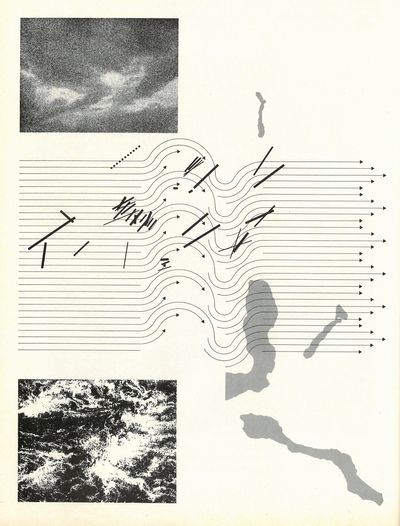
‘The future hides that it hides nothing’ investigates the production of imaginaries and scenarios of the future. With climate change rendering the future increasingly volatile, the project posits futurity as a crucial site of artistic engagement, one undertaken in constant dialogue with other fields. Set in the context of the water technology company Aquaporin, the project explores the parallel temporalities produced by artists, filmmakers, authors, scientists, corporations and non-governmental organizations.
Strata –
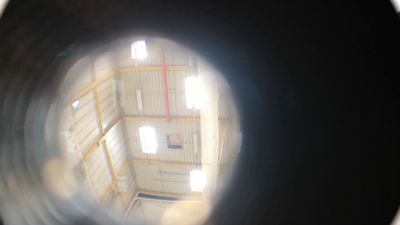
Strata presents new work by Kristine Kemp, developed for Primer and the factory space of Aquaporin. Strata departs from an interest in the act of seeing as a process of construction, understood as an act that is always already imbued with desire. When seeing becomes manifest as technologies, technologies in turn generate new ways of seeing.
2018
Ripe –
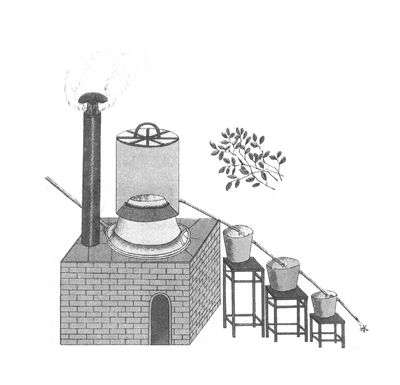
Ripe presents a new body of work by Nanna Abell. Sculptural images appearing as fountain, logo, smell, furniture and gifs populate the project. Material becomes sign and back again through vaporization, flow, and condensation. The work suggests a new liquid blueprint of the site.
Life Without –
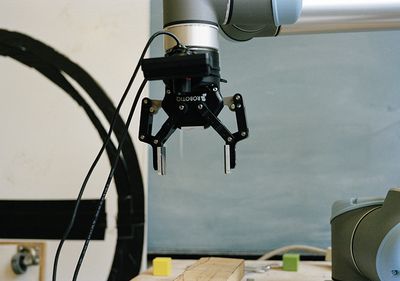
Life Without presents a new body of work by Michala Paludan. Using the many layers of industrial history inscribed in the building of Aquaporin as a point of departure, Paludan has created a potential scenography exploring notions of work past, present and future. In addition to the work of Paludan, the project presents a work by Susanne Ussing and Carsten Hoff, produced under the moniker Atelier Cyberspace in 1969. A series of documents by Artist Placement Group, explores the indirect effects of artists working in industry and government throughout the UK in the period between 1965 and 1989.
2017
Synthetics –
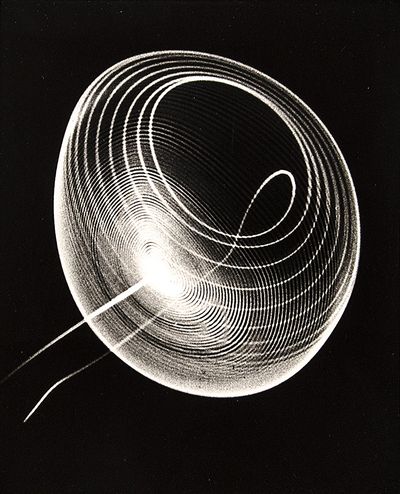
Synthetics is an exhibition that explores histories of print technologies and their effects. It includes a page from one of the first publications to integrate illustrations and text, the Liber Chronicarum from 1493, as well as works by Rembrandt van Rijn and Hercules Segers, Dora Maar, Ben Laposky, Charlotte Johannesson, Karl Otto Götz, Jakob Jakobsen, Kasper Hesselbjerg, Lea Porsager, Masar Sohail, Sidsel Meineche Hansen, Morten K. Jacobsen and Till Mycha.
The exhibition speculates on printed matter’s ability to shift the focus from origin to historical effect. Situated in the context of Aquaporin’s membrane coating technology – which immobilizes proteins onto a polymeric multilayer structure – Synthetics explores the interdependence of technology, semiotics and the human nervous system.
Dead Reckoning –
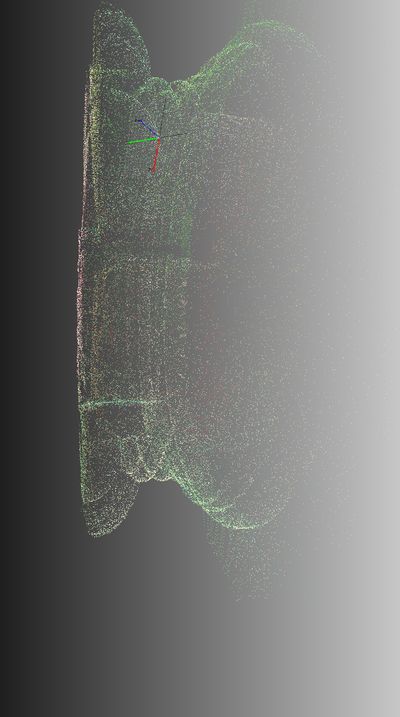
In navigation, dead reckoning is the process of calculating one’s position by estimating the direction and distance travelled from one’s known starting point, without reference to external observations. The further you get from your point of departure the more uncertain the measurements become.
Dead Reckoning showcases new work developed for Primer by Fredrik Tydén. Magnus Thorø Clausen, art writer and curator, has written a text for the exhibition based on Tydéns practice. Additionally Primer have curated work by artist Kristine Kemp, artist Ib Braase, textile artist Berit Hjelholt, philosopher Reza Negarestani, digital media artist Karl Sims and select passages from the publication “A Report on the Art and Technology Program of the Los Angeles County Museum of Art 1967-1971”.
Self Passage –

